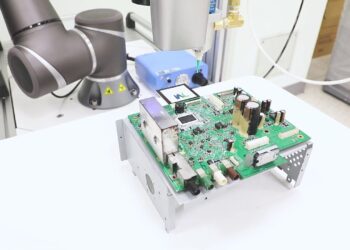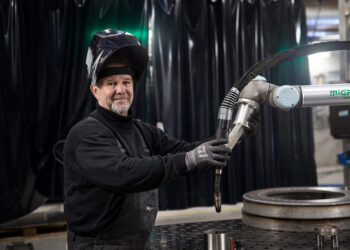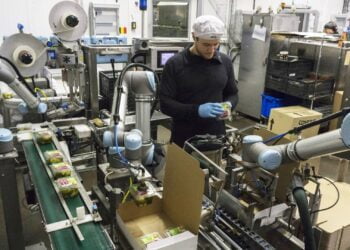In the dynamic world of modern technology, artificial intelligence (AI) is having a transformative impact on various industries. This is also the case in the world of collaborative robots. Cobots, designed to work alongside humans and automate tasks, have the potential to benefit significantly from AI, enabling them to perform a wide range of tasks with enhanced functionality and responsive behavior. In this article, 5 possible impacts.
Enhanced adaptive capabilities
One of the effects that AI can have on cobots are to develop advanced adaptive qualities. In other words; cobots will be able to learn and adapt to ever-changing conditions. For example, the ability to sort various objects based on shape, size or color. By continuously collecting and processing data, the robot will only get better at this over time. As a result, the robot's flexibility and adaptability will keep increasing.
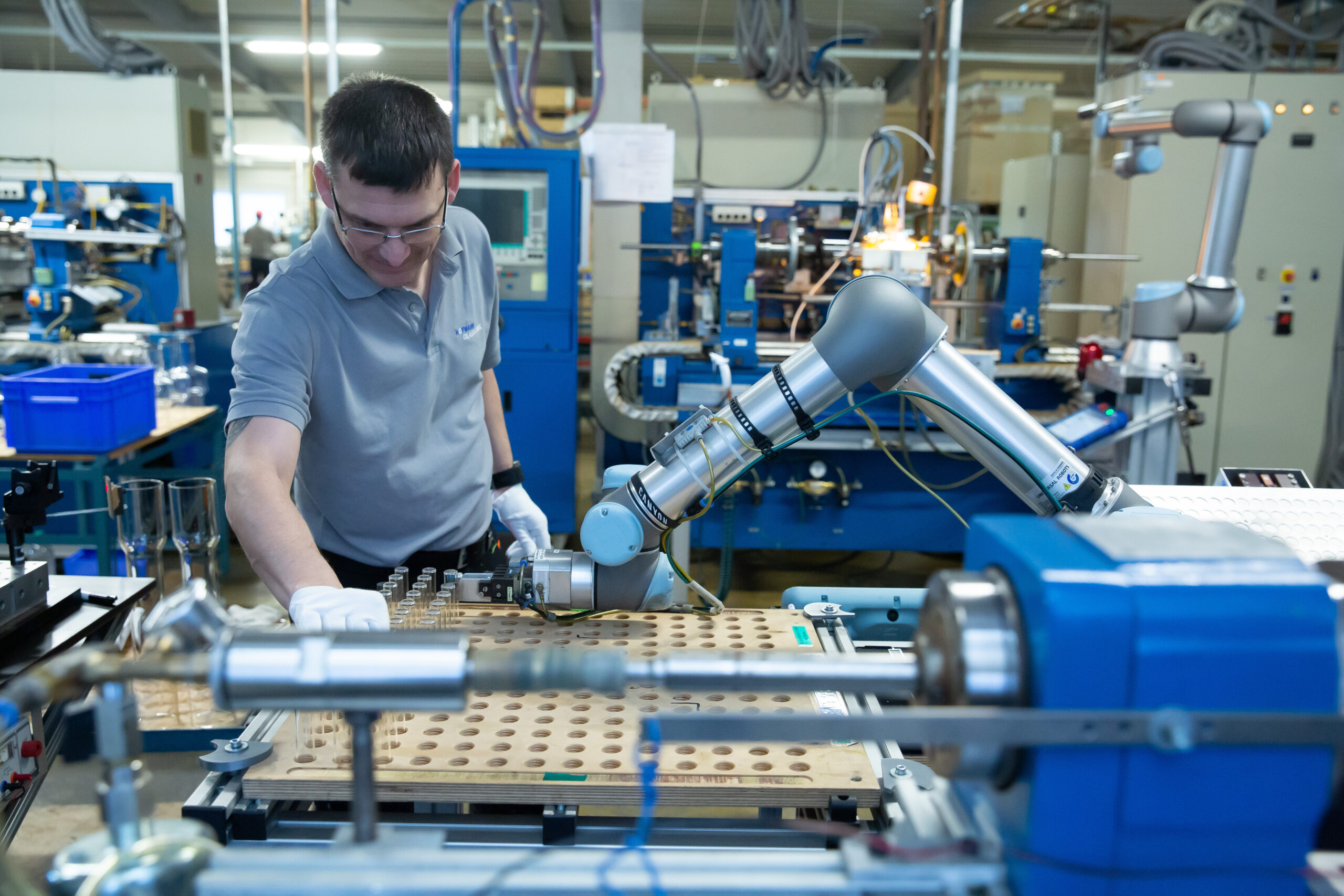
More accurate object recognition
Improving adaptive capabilities also means that object recognition is becoming increasingly accurate. Advanced image recognition and sensory technologies combined with AI are allowing objects to be detected and identified more accurately. This opens the door to a range of tasks that require a high level of precision and consistency, such as accurately assembling small components.
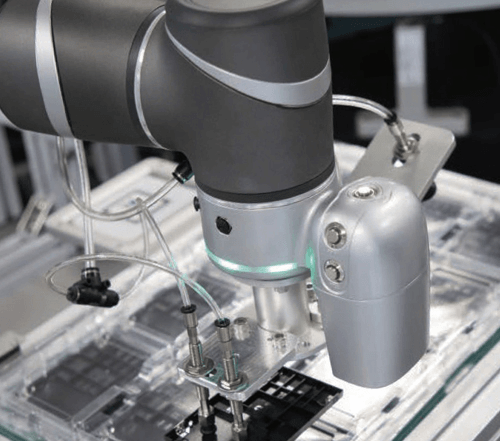
Adaptive collaboration
One of the unique features of a cobot is its ability to work safely with human operators. A cobot stops its actions as soon as it is obstructed in its path by a human or object, thanks to its built-in sensors. Currently, human-cobot cooperation is still quite linear and the cobot still mostly makes the same actions. With the help of AI, this cooperation allows cobots to analyze real-time environmental data and adapt their behavior to what is happening around them. For example, adjusting their movements as soon as a human moves or adjusting speeds based on the proximity of humans. This creates safe and efficient collaboration without the need for physical barriers.
Intuitive interaction
Thanks to AI, cobots can understand and interpret human speech, gestures and even emotions. It may still sound a bit far away, but developments are moving fast. Just look at chatbots like ChatGPT and Bard, which can be used to have a reasonably good conversation. These developments pave the way for intuitive interaction between humans and cobots. For example, workers could easily issue commands to cobots, eliminating complex programming steps and speeding up deployment and configuration.

Predictive maintenance and optimization
AI-powered cobots could in the future monitor and predict their own performance and maintenance needs. By analyzing data about their operation, cobots could predict when parts need to be replaced or when maintenance is needed. This minimizes downtime and improves the overall efficiency of operational processes.
Getting to work!
In other words, artificial intelligence has the potential to transform the functionality and behavior of collaborative robots. By providing adaptive capabilities, accurate perception, safe collaboration, intuitive interaction and predictive maintenance, AI-powered cobots can pave the way for a more advanced, efficient and safe workplace. As AI continues to evolve, we will undoubtedly witness further innovations and improvements in the world of collaborative robotics, further increasing the potential for human-robot collaboration. One manufacturer already fully committed to AI-powered cobots is Techman Robot.
WiredWorkers is an expert on collaborative robots and specializes in Techman Robot's cobots. Need more information about cobots? Contact us or schedule a free cobot consultation!




